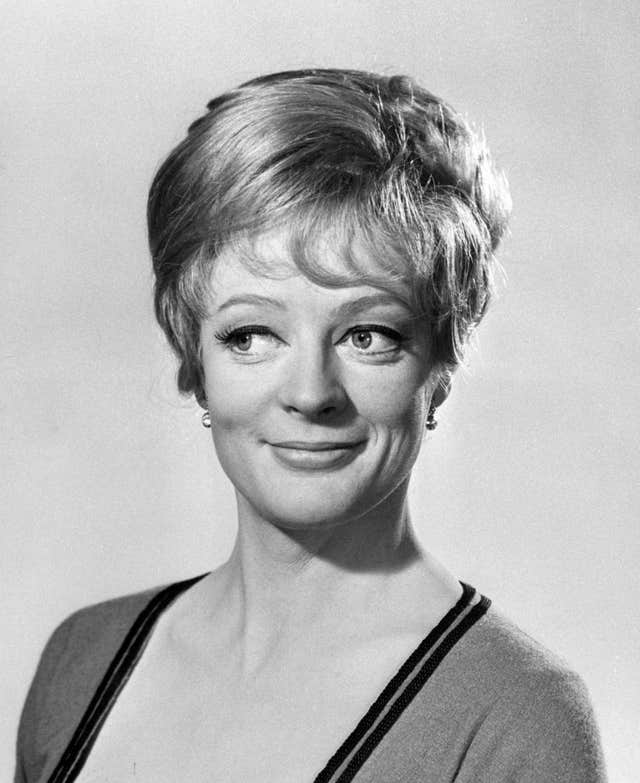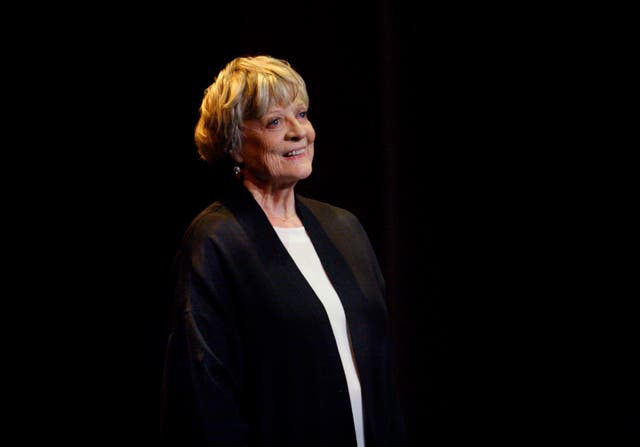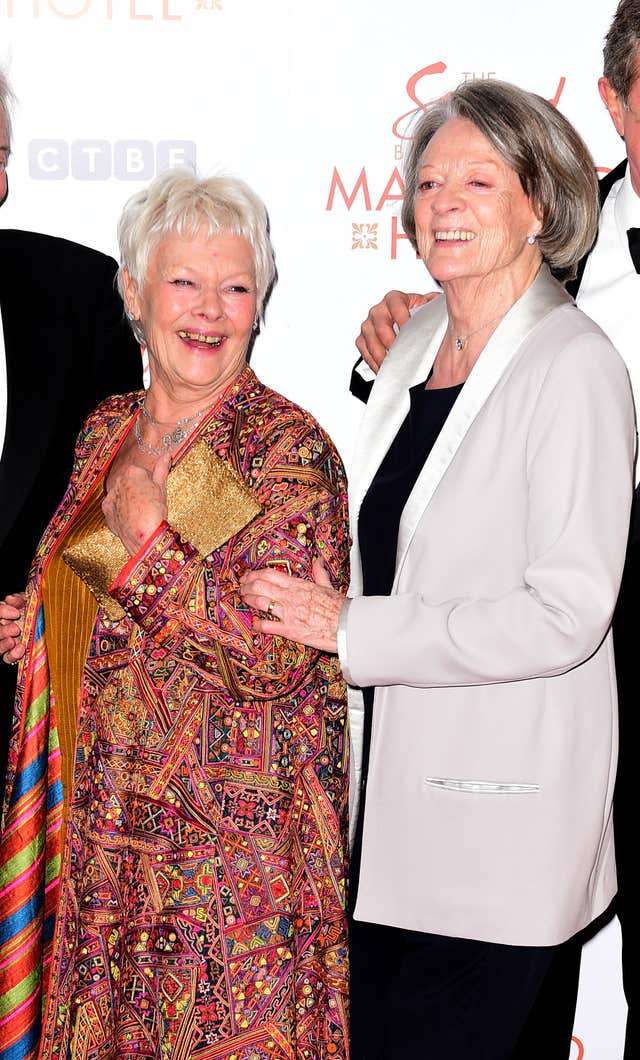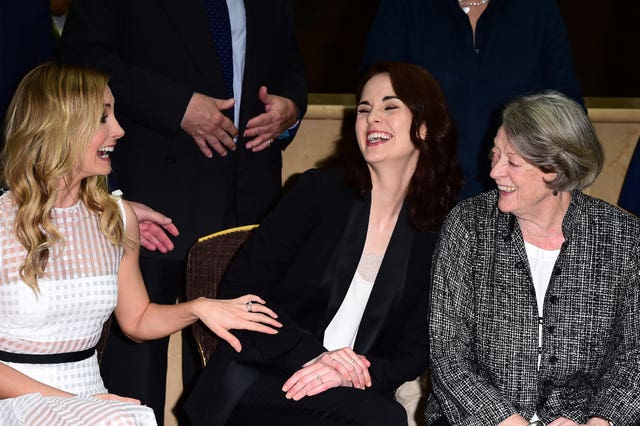Dame Maggie Smith: Performer of contrasts who wowed on stage and screen
She won over a new generation of fans when she starred in the Harry Potter films.

Dame Maggie Smith was one of the most versatile, accomplished and meticulous actresses of her generation, her repertoire ranging from Shakespeare to character parts in Harry Potter.
She was a performer of contrasts, with an astonishing capacity to switch imperceptibly from radiance to melancholy, from quiet to boisterous, from graciousness to mischief within seconds.
Although she was a tour de force in leading roles on the West End stage, she was equally happy – even during the years of her mega-stardom – to accept supporting roles, particularly in films.
Truly professional and as near a perfectionist as she could be, she treated these roles with as much detailed and careful attention as she did her major parts.

But, Dame Maggie – she was made a DBE in 1990 – was self-deprecating about her abilities.
Her family background gave no indication that she would not only enter the acting profession but also become one of its leading exponents.
She said she had wanted, from childhood, to become an actress, but she did not see a play or a film until she was a teenager.
Nor did she receive much encouragement from her family, particularly one of her grandmothers, who remarked that she could not go into acting “with a face like that”. But none of this deterred her from her ambition.

She made an early mark in revues, as a singer and dancer. One fan who saw her on Broadway in New Faces of ’56, said he laughed so much he ended up banging his head on the seat in front of him.
She was spotted by Laurence Olivier, who saw her as much more than just a vaudeville performer and invited her to join the newly-formed Royal National Theatre Company in London.
There, and at the Old Vic, she excelled in both tragedy and comedy, moving easily from Shakespeare to Noel Coward, to Restoration comedy to Ibsen.
As a “rep” actress, she was able to develop her incredible range, skill and talent among some of Britain’s best actors, including Robert Stephens, who was to become her first husband. They married in 1967 but divorced in 1974.
The film industry began to recognise her abilities and she was given several supporting roles.

Dame Maggie won a best actress Oscar for the role in 1970.
Other film roles include her portrayal of a drunken Oscar loser in California Suite, the dying older lover in Love, Pain And The Whole Damn Thing, the tragic lodger in The Lonely Passion Of Judith Hearne, and the so-called “funny old bat” in Gosford Park, which brought her a sixth Oscar nomination.
Even in smaller roles she could upstage the film “giants”. In one film, Richard Burton described her scene-stealing as “grand larceny”.
Dame Maggie won over a whole new generation of fans when she played Professor McGonagall in the Harry Potter films.
In 2010 she was central to the success of ITV series Downton Abbey, in her Emmy-award winning role as the acerbic Violet Crawley, Dowager Countess of Grantham.

“I didn’t really feel I was acting in those things.”
Her numerous awards also covered her performances in Tea With Mussolini, A Room With A View, A Private Function and The Lonely Passion Of Judith Hearne.
She starred alongside Dame Judi Dench in the 2004 film Ladies In Lavender, and on stage in the David Hare play The Breath Of Life.
One of her most famous roles was as a bag lady in The Lady In The Van, the 2015 adaptation of Alan Bennett’s memoirs.
She recently starred in the 2022’s Downton Abbey: A New Era, where Violet’s health deteriorates and she dies in an emotional end to her character.
The next year, she appeared in The Miracle Club, which follows a group of women from Dublin who go on a pilgrimage to the French town of Lourdes.
Dame Maggie’s second husband, the playwright Beverley Cross who she married in 1975, died in 1998.
She had two sons from her first marriage, Toby Stephens and Chris Larkin, who are both actors.





